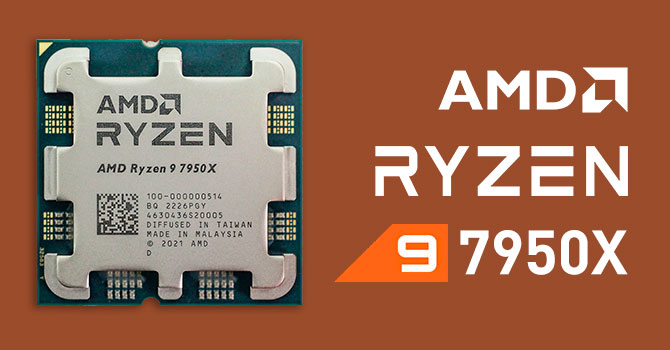Next up we have MSI's roll-out of its laptop line-up. I've omitted the two models w/o the AI designation. MSI is considered as a 2nd-tier laptop vendor, relative to Lenovo/Dell/HP/Acer/Asus.
MSI Stealth A16 AI+ (premium gaming) - Ryzen AI w/ dGPU
MSI Creator A16 AI (premium creator) - Ryzen AI w/ dGPU
MSI Summit A16 AI+ (business) - Ryzen AI
MSI Prestige A16 AI (business) - Ryzen AI
MSI Prestige 13/14/16 AI+ Evo (business) - Lunar Lake x 3
MSI Summit 13 AI+ Evo (premium ultraportable) - Lunar Lake
LNL gets more design wins here, on par with Ryzen AI. Qualcomm is notably absent. But the same trend is seen here as with the Asus line-up: Ryzen gets wins for gaming & creator segments, while LNL serves the more conservative business segments. LNL did get the premium ultraportable win in Summit 13 AI+ Evo, boasting all-day battery use.
The demarcation line is more apparent with the MSI line-up: LNL wins the power-efficiency battle, while Ryzen wins the power battle.
https://msi.com/news/detail/MSI-Unv...ith-Latest-Processors-at-COMPUTEX-2024-143709
MSI Stealth A16 AI+ (premium gaming) - Ryzen AI w/ dGPU
MSI Creator A16 AI (premium creator) - Ryzen AI w/ dGPU
MSI Summit A16 AI+ (business) - Ryzen AI
MSI Prestige A16 AI (business) - Ryzen AI
MSI Prestige 13/14/16 AI+ Evo (business) - Lunar Lake x 3
MSI Summit 13 AI+ Evo (premium ultraportable) - Lunar Lake
LNL gets more design wins here, on par with Ryzen AI. Qualcomm is notably absent. But the same trend is seen here as with the Asus line-up: Ryzen gets wins for gaming & creator segments, while LNL serves the more conservative business segments. LNL did get the premium ultraportable win in Summit 13 AI+ Evo, boasting all-day battery use.
The demarcation line is more apparent with the MSI line-up: LNL wins the power-efficiency battle, while Ryzen wins the power battle.
https://msi.com/news/detail/MSI-Unv...ith-Latest-Processors-at-COMPUTEX-2024-143709










